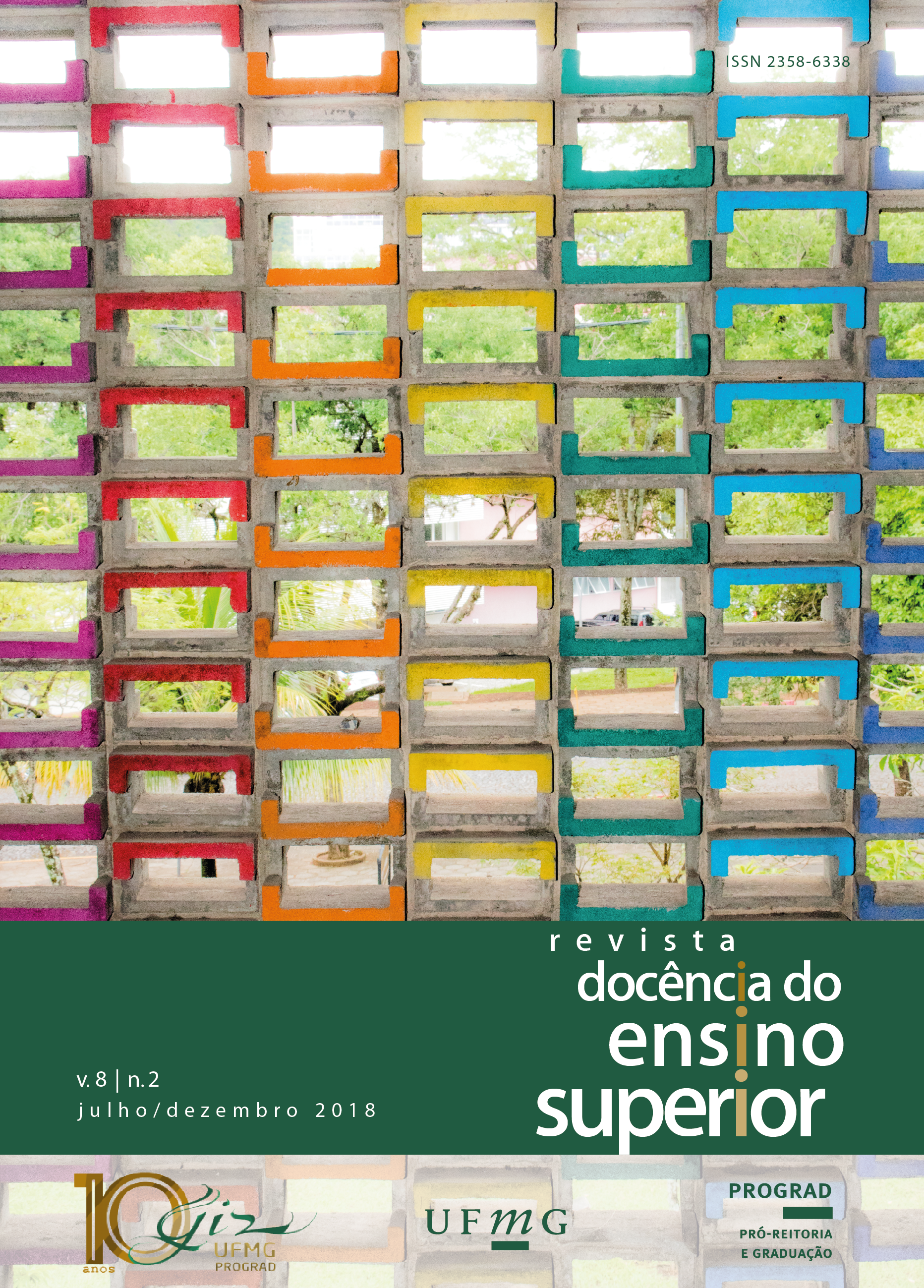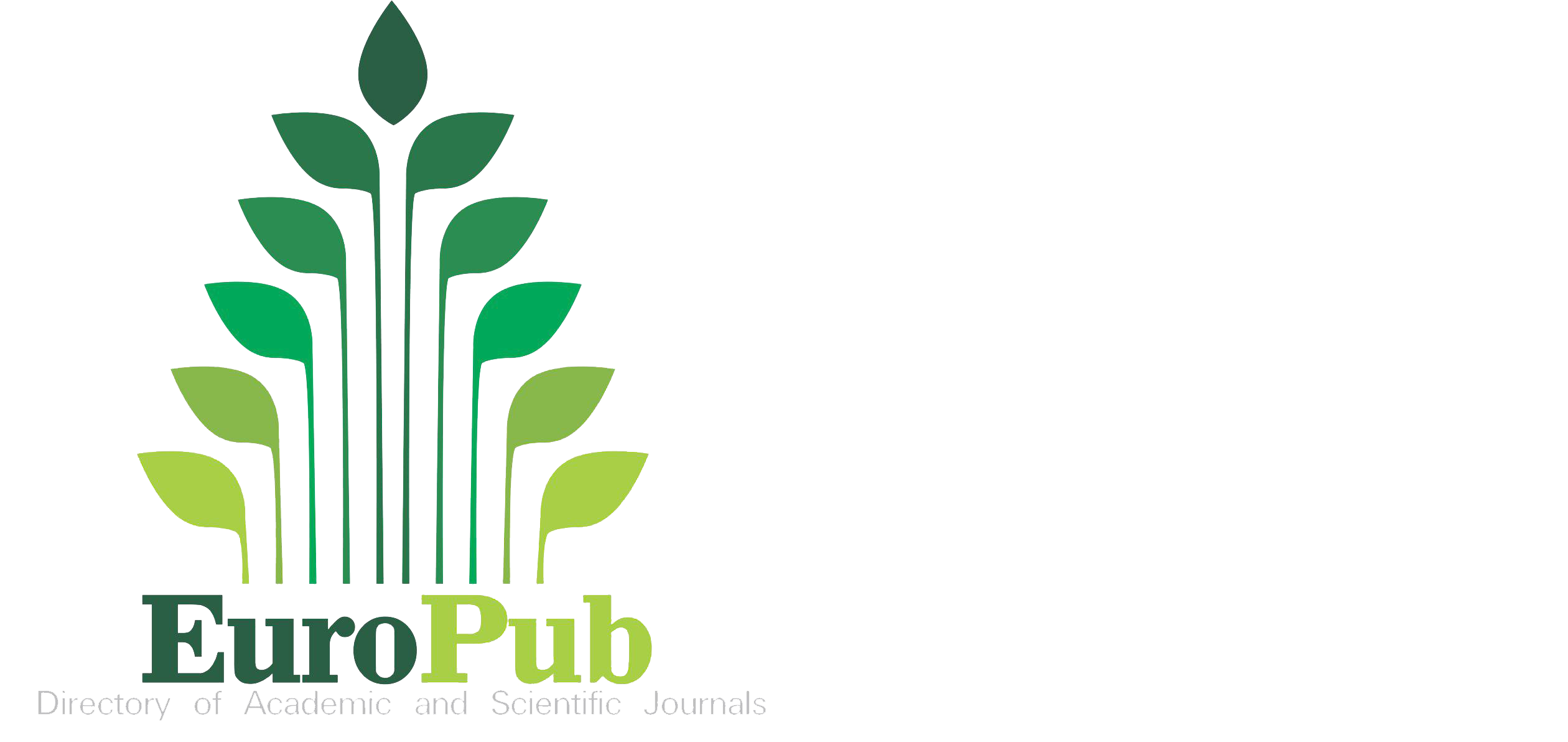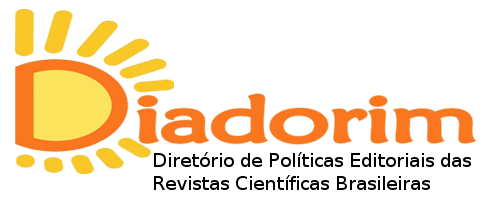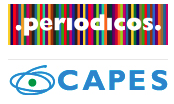Proposal of a didactic sequence for General Chemistry discipline by using digital technologies
DOI:
https://doi.org/10.35699/2237-5864.2018.2519Keywords:
Digital technologies, Teaching Chemistry, Meaningful LearningAbstract
This article presents an experience report about a proposal of an integrated didactic sequence involving General Chemistry and Introduction to Computing disciplines, for first semester students of undergraduate courses in Chemistry. The activities were planned based on basic aspects of Ausubel’s Meaningful Learning Theory. The use of data analysis, graphing in computational environments, and the application of symbolic computation have proved to be interesting tools in the teaching of Chemistry concepts. The proposal was tested and there was a greater engagement of students in the teaching-learning process and a better performance in their evaluations. The didactic sequence showed potential for application in other disciplines of high education Sciences.
Downloads
References
AUSUBEL, David P. Educational psychology – a cognitive view. New York: Holt, Rinehart and Winston, 1968.
AUSUBEL, David P.; NOVAK, Joseph D.; HANESIAN, Helen. Educational psychology: a cognitive view. 2. ed. New York: Holt, Rinehart and Winston, 1978.
BOGISCH, Maria Inês P.; ALCANTARA, Paulo Roberto. Uma comparação entre estratégias de ensino da Química na educação superior. Revista Diálogo Educacional, v. 3, p. 95-104, 2002.
BRASIL. Ministério da Educação. Secretaria de Educação Média e Tecnológica. Parâmetros Curriculares Nacionais: Ensino Médio. Brasília: Ministério da Educação, 2002.
CARLOS, Jairo G. Interdisciplinaridade no ensino médio: desafios e potencialidades. 2007. 171 f. Dissertação (Mestrado em Ensino de Ciências) – Universidade de Brasília, Brasília, 2007.
FAZENDA, Ivani Catarina A. Interdisciplinaridade: história, teoria e pesquisa. 4. ed. Campinas: Papirus, 1994.
LEITE, Bruno S. Tecnologias no Ensino de Química: Teoria e Prática na Formação Docente. Curitiba: Editora Appris, 2015.
LIMA, Érika R. P. O.; MOITA, Filomena Maria G. da S. C. A tecnologia e o ensino de Química: jogos digitais como interface metodológica. Campina Grande: EDUEPB, 2011.
MENDONÇA, Leda G.; LEITE, Sidnei Q. M.; RODRIGUES, Lúcia R. Aprendizagem significativa nas aulas da graduação tecnológica de Química: Análise da prática pedagógica mediada por teatro. In: ENCONTRO NACIONAL DE PESQUISA EM EDUCAÇÃO EM CIÊNCIAS, 7., 2009, Florianópolis. Anais... Florianópolis: ENPEC, 2009.MOREIRA, Marco Antônio. Unidades de enseñanza potencialmente significativas – UEPS. Aprendizagem Significativa em Revista/Meaningful Learning Review, v. 1, p. 43-63, 2011.
MOREIRA, Marco Antônio. Aprendizagem significativa: a teoria e textos complementares. São Paulo: Livraria da Física, 2012.
PAIVA, João; RAMOS, Isabel. Adivinhas: Quem é Quem na Tabela Periódica. Química e Ensino, v. 92, p. 61-63, 2004.
PEIXOTO, Joana; ARAÚJO, Cláudia H. S. Tecnologia e educação: algumas considerações sobre o discurso pedagógico contemporâneo. Educação & Sociedade, v. 33, p. 253-268, 2012.
PINHEIRO, Iânderson R. et al. Símbolos químicos com uso da planilha eletrônica do Microsoft Excel. In: CONGRESSO BRASILEIRO DE QUÍMICA, 54., 2014, Rio Grande do Norte. Anais... Rio Grande do Norte: CBQ, 2014.
PONTE, Cristina. Uma geração digital? A influência familiar na experiência mediática de adolescentes. Sociologia, problemas e práticas, v. 65, p. 31-50, 2011.
RUSSELL, John B. Química Geral. São Paulo: Makron Books, 1994. v. 2.
SANDES, Rafael D. D.; AMBROSIO, Renato C.; ANGELUCCI, Camilo A. Integração numérica de leis de velocidade diferenciais com o uso do SCILAB. Química Nova, v. 36, p. 181-186, 2013.
SERRA, Gladis M. D. Contribuição das TIC no ensino e aprendizagem de Ciências: tendências e desafios. 2009. 383 f. Dissertação (Mestrado em Educação) – Universidade de São Paulo, São Paulo, 2009.
TAVARES, Ricarte; SOUZA, Rodolpho O. O.; CORREIA, Alayne O. Um estudo sobre a TIC e o ensino da Química. In: SIMPÓSIO INTERNACIONAL DE INOVAÇÃO TECNOLÓGICA, 1., 2013, Sergipe. Anais... Sergipe: UFS, 2013. p. 657-669.
TERUYA, Leila C. et al. Visualização no ensino de Química: apontamentos para a pesquisa e desenvolvimento de recursos educacionais. Química Nova, v. 36, p. 561-569, 2013.
Downloads
Published
How to Cite
Issue
Section
License
Authors who publish in this journal retain the copyright and grant the journal the right of first publication, with the work simultaneously licensed under the Creative Commons Attribution License which allows the sharing of work with acknowledgment of authorship and initial publication in this journal.
Authors are authorized to take additional contracts separately, for non-exclusive distribution of the version of the work published in this journal (e.g. publish in institutional repository or as a book chapter), with acknowledgment of authorship and initial publication in this journal.
Open access policy:
Revista Docência do Ensino Superior is an Open Access journal, which means that all content is available free of charge, at no cost to the user or their institution. Users may read, download, copy, distribute, print, search, or link to the full texts of the articles, or use them for any other legal purpose, without seeking prior permission from the publisher or author, provided they respect the license to use the Creative Commons used by the journal. This definition of open access is in line with the Budapest Open Access Initiative (BOAI).
























